PharmaDEEP – New pharmaceuticals from the deep
| Project Acronym &Title: MULLET – Multiple Level Effects of Trawling Area: Celtic Sea Research Vessel: RV Celtic Voyager, Marine Institute, Ireland Chief scientist: Marija Sciberras, School of Ocean Sciences, Bangor University, UK Other project partners: Instituto Español de Oceanografía, Spain Date: 17 – 25 May 2015 |
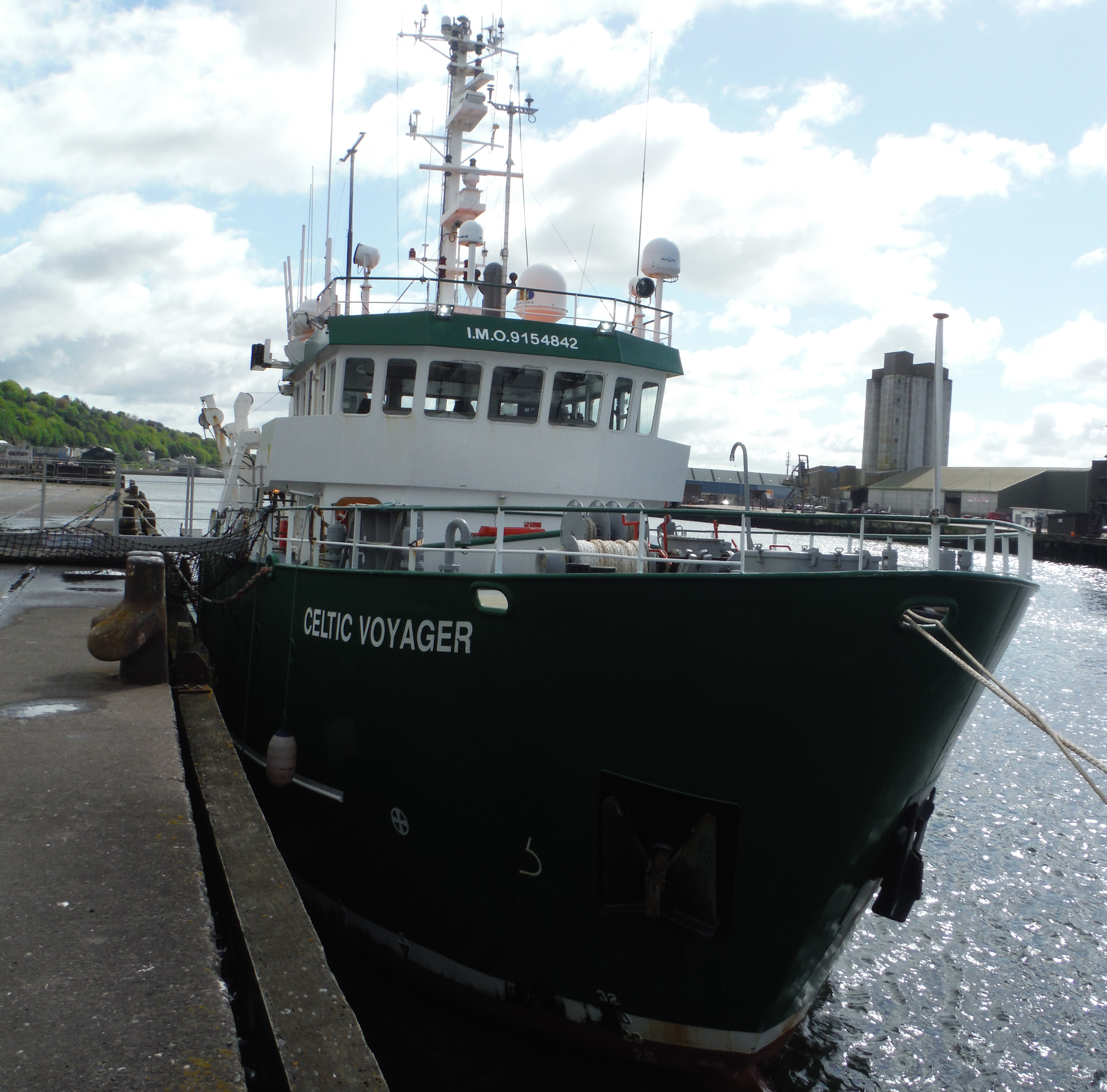 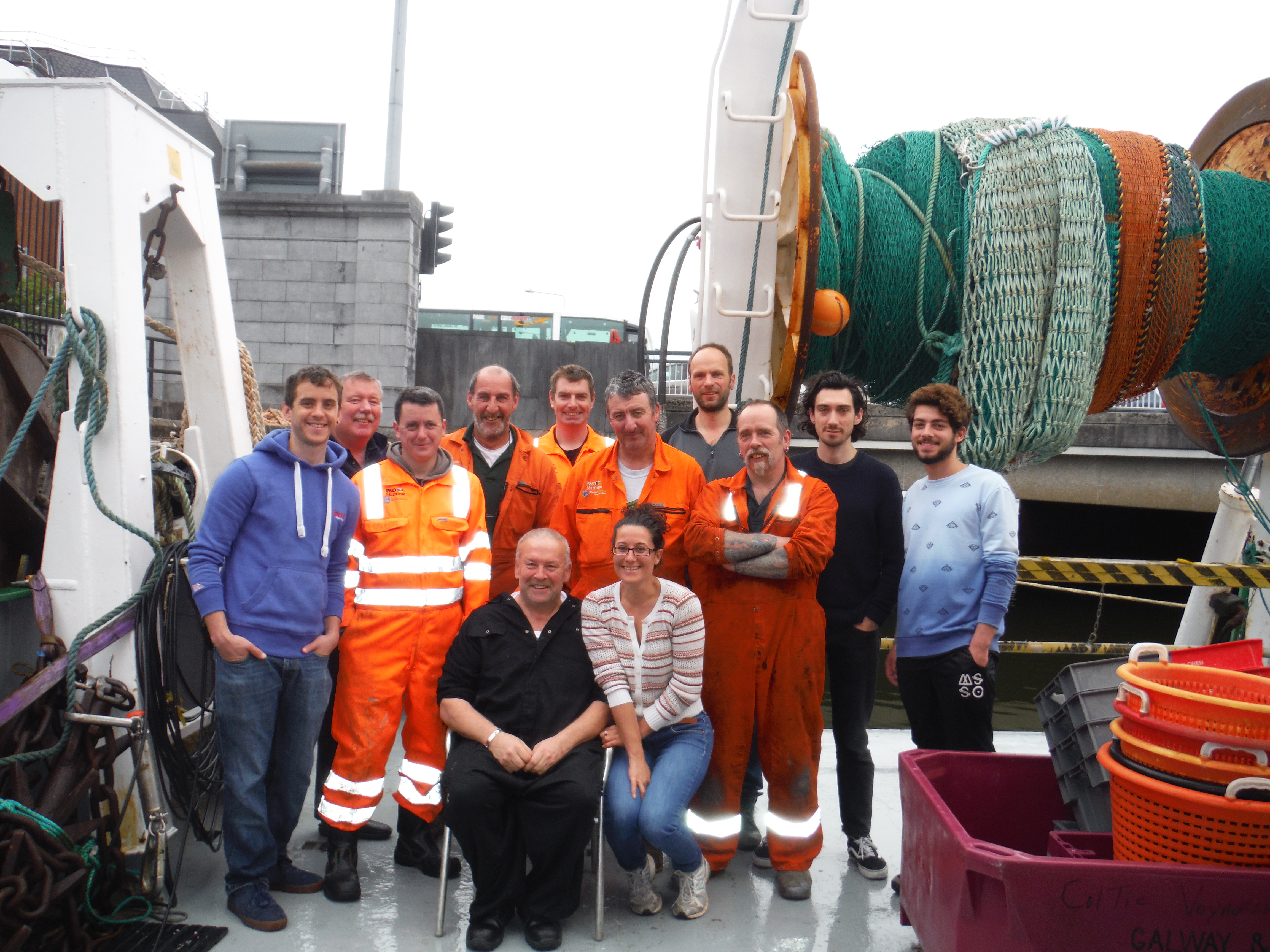 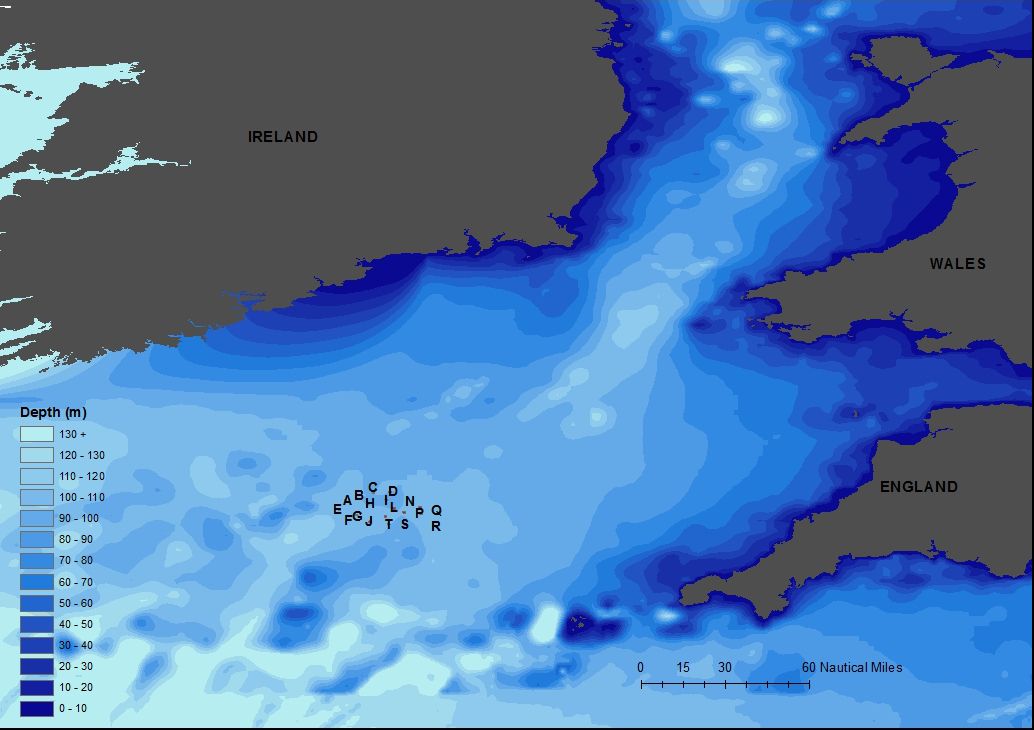 |
| Marija Sciberras, Bangor University, UK “This work provides an assessment of trawling impacts across multiple trophic levels simultaneously and allows us to improve our knowledge of the secondary effects of trawling on benthic community and ecosystem processes at a spatial scale that is relevant to fisheries. This work has also provided us with the opportunity to expand links between Bangor University in the UK and the Spanish Oceanographic Institute (IEO) and Mediterranean Institute for Advanced Studies (IMEDEA) in Mallorca, Spain. I am most thankful for the brilliant and very dedicated crew members of the RV Celtic Voyager and the scientific crew who joined this cruise; everyone was a real pleasure to work with.” |
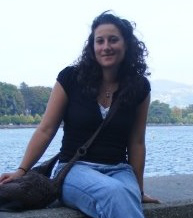 |
Main Objectives
|
The MULLET project had set out to achieve the following: i. to quantify the effect of fishing for Nephrops norvegicus (aka Norway lobster or langoustine) using otter trawl gears on the invertebrate community that occurs within this actively fished fishing ground; ii. to assess whether bottom trawling affects the fitness of fish species that feed on seabed invertebrates by changing their food availability. |
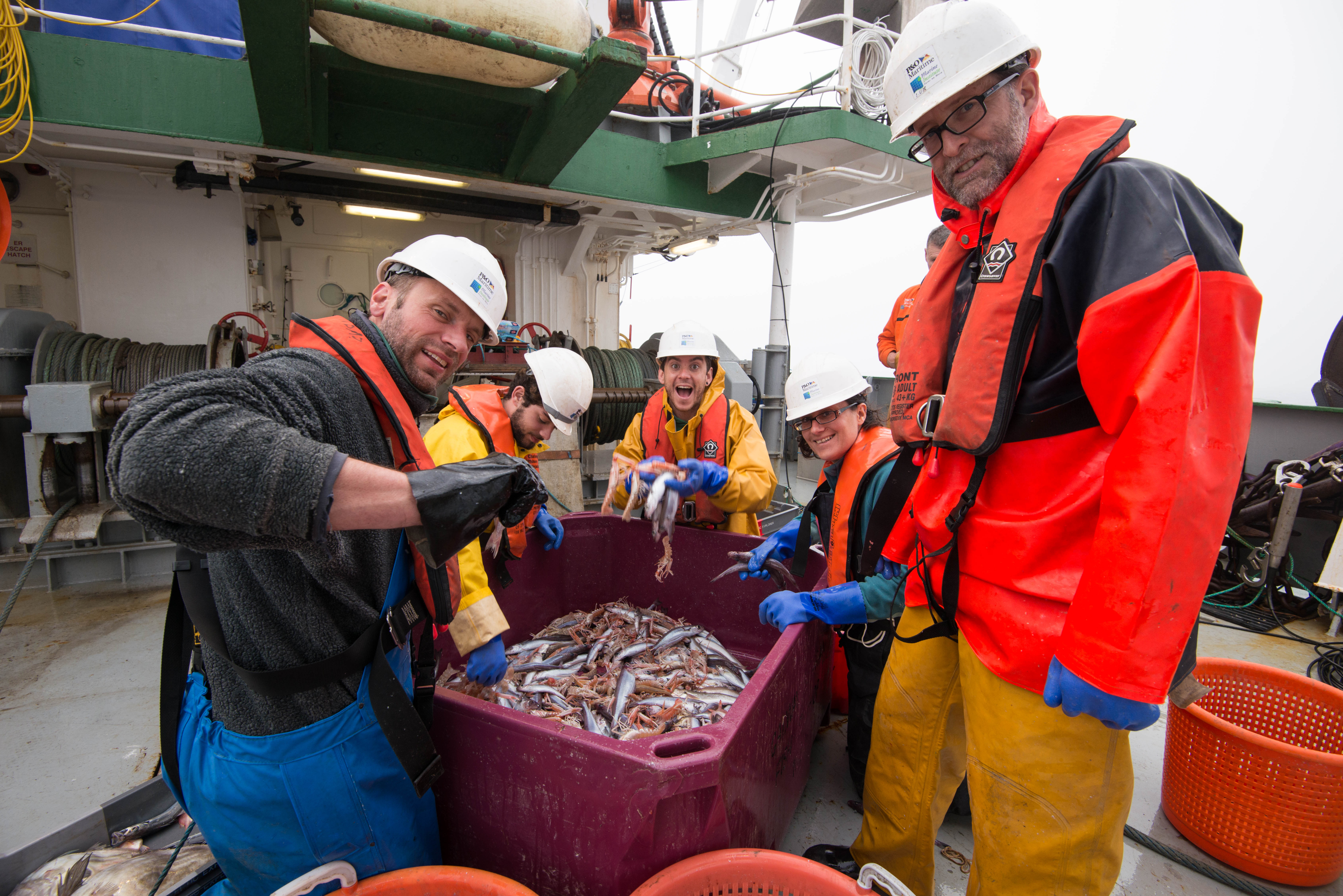 |
Work progress and main achievements
| The PharmaDEEP cruise to the South Shetland Trench on the Spanish BIO Hesperides aimed to sample 5 stations from 2000 to 5200m using a multitude of deep-sea equipment to primarily sample from deep-and-cold-water habitats in search of unique sources of natural products for the treatment of cancer and infectious diseases, and provide other biological, geological survey and mapping work. The cruise embarked Punta Arenas (Chile) on the 13th of December and returned to Ushuaia (Argentina) on the 30th of December. The scientific sampling days allocated to PharmaDEEP were the 20th to 26th of December. In these six days six baited camera lander deployments, eight gravity cores, two multi-cores, three beam trawls, ten zooplankton hauls and nineteen phytoplankton hauls were conducted, as well as considerable areas of the trench surveyed with a multibeam echosounder and sub-bottom profiler.
The beam trawl produced 49 good number of samples from the biological survey and subsamples for pharma-studies. The gravity core produced a total of 4.54m of core from three sites, with one as deep as 5000m. Of these cores taken, many subsamples were retrieved for microbiology: 147 subsamples were taken of which 104 represent on-vessel microbial isolation samples. The lander obtained 6597 still images and 16h 42 min of HD video footage, plus eight CTD casts from surface to seafloor over four stations. The zooplankton and phytoplankton hauls achieved 10 and 19 hauls respectively. An area of approximately 2500km2 within the South Shetland Trench was surveyed using the EM120 multibeam echosounder deep-water system with simultaneous sub bottom profiler data acquired using the on-board Topas CHIRP system. |
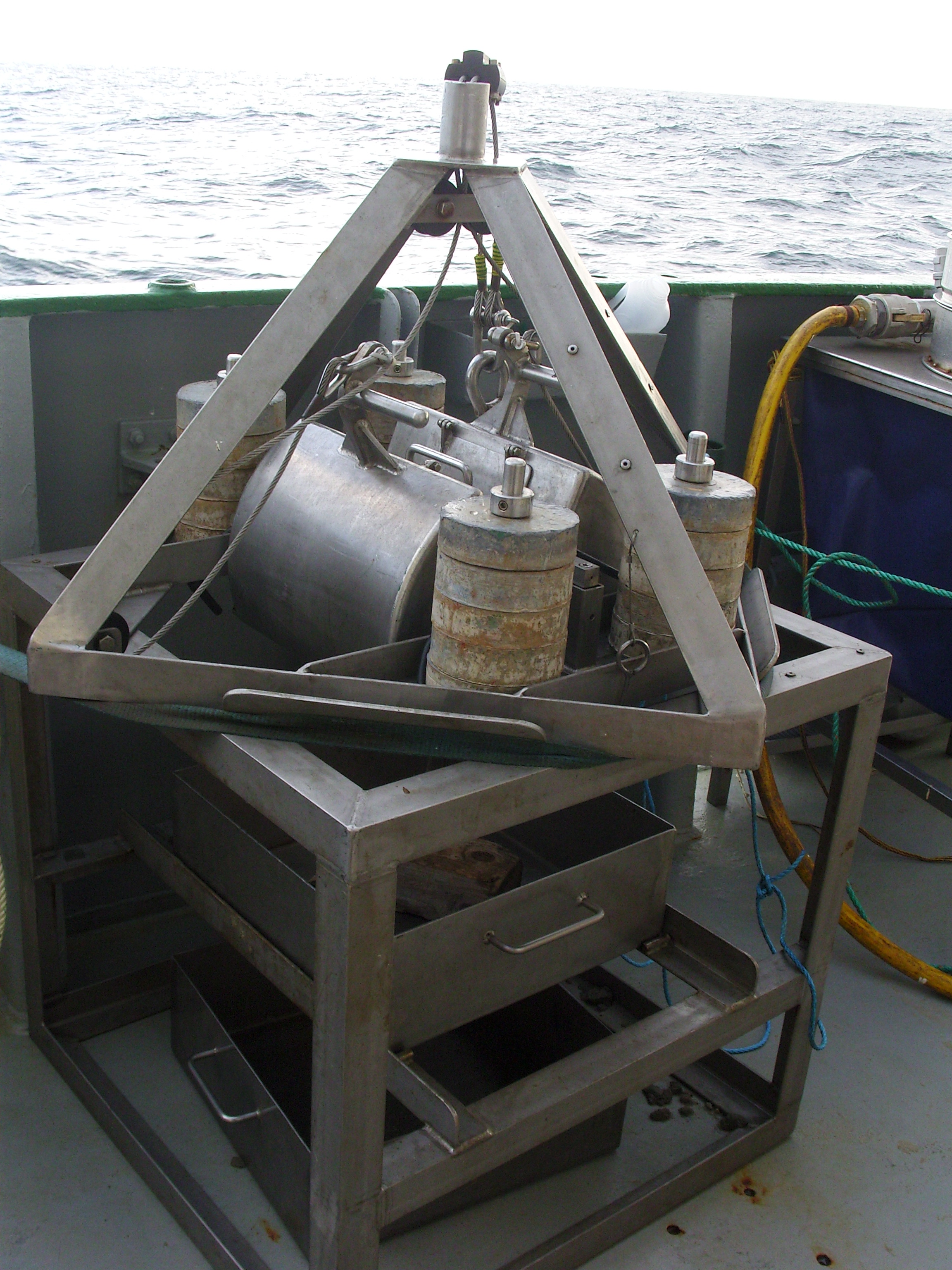 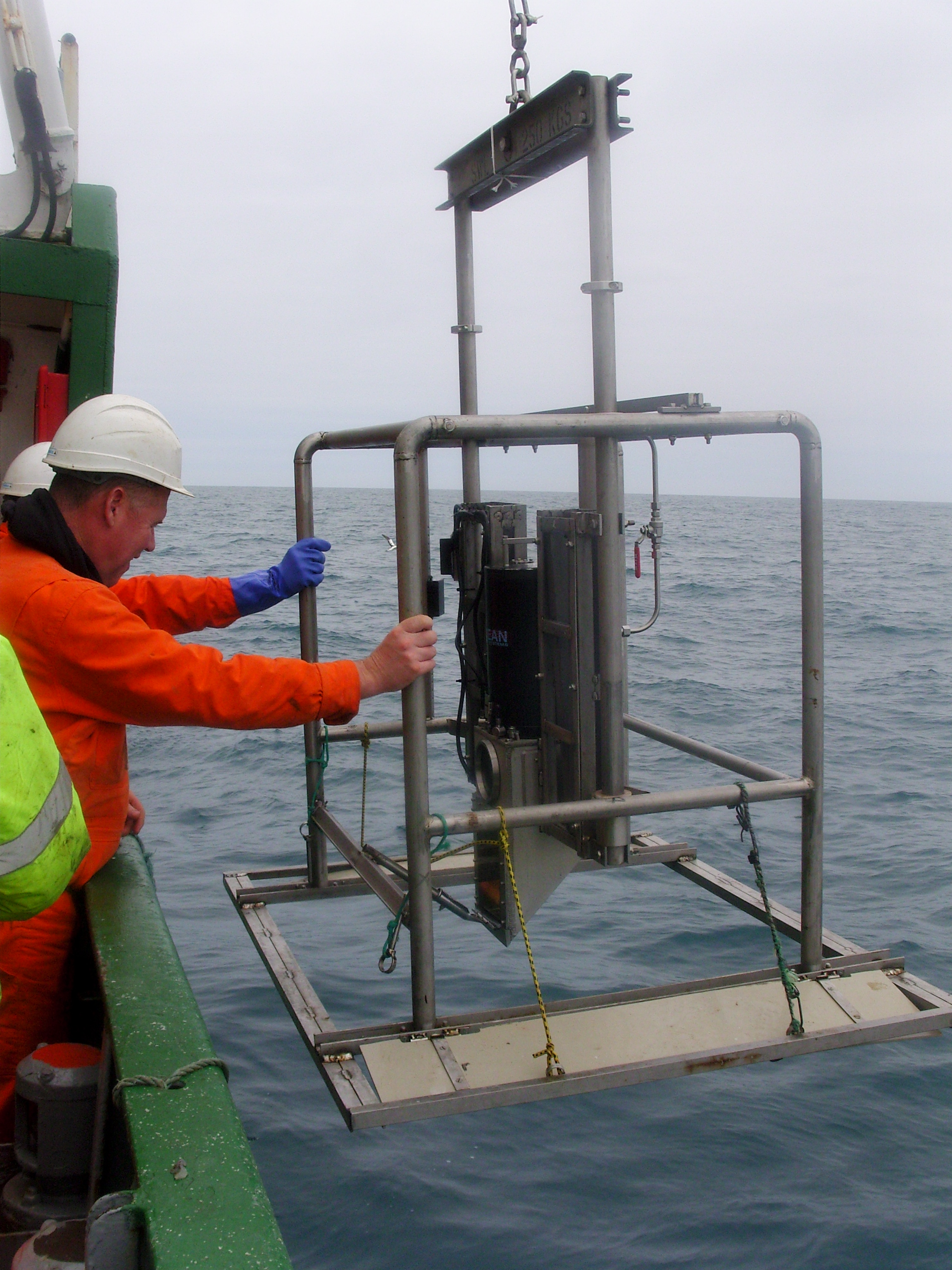 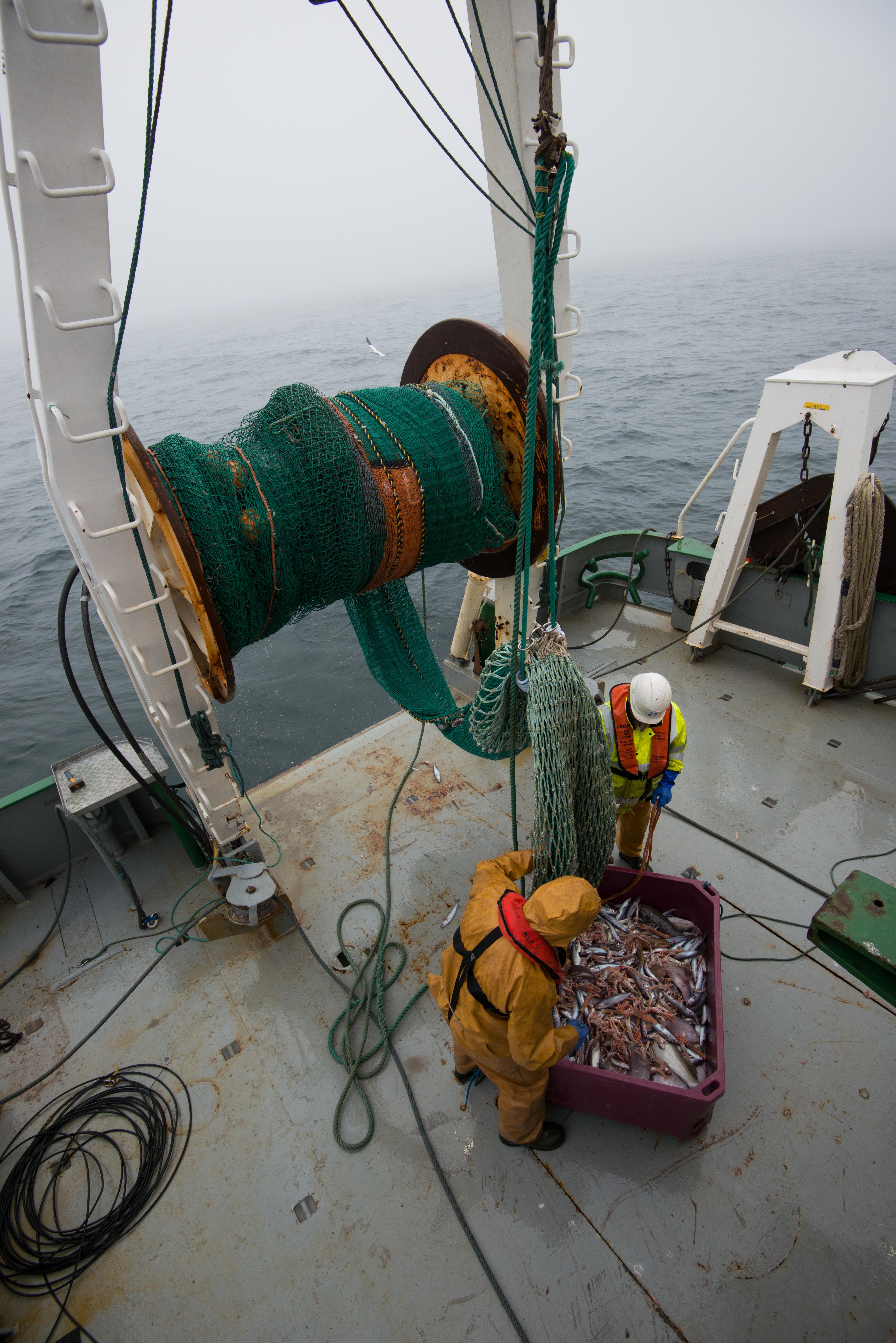 |
For more information:
